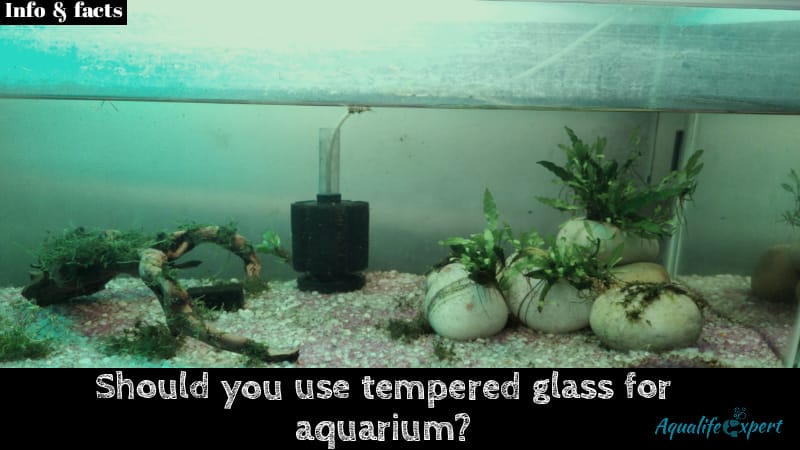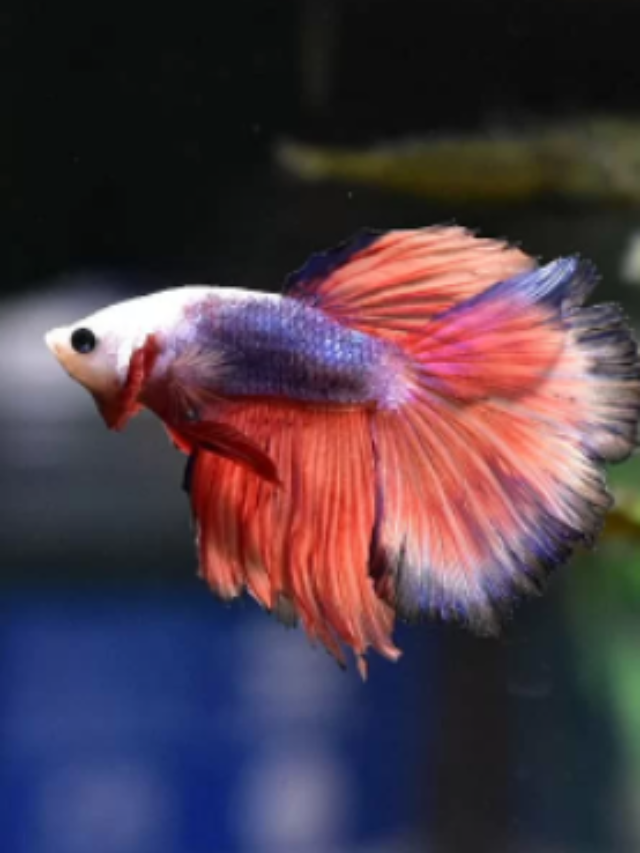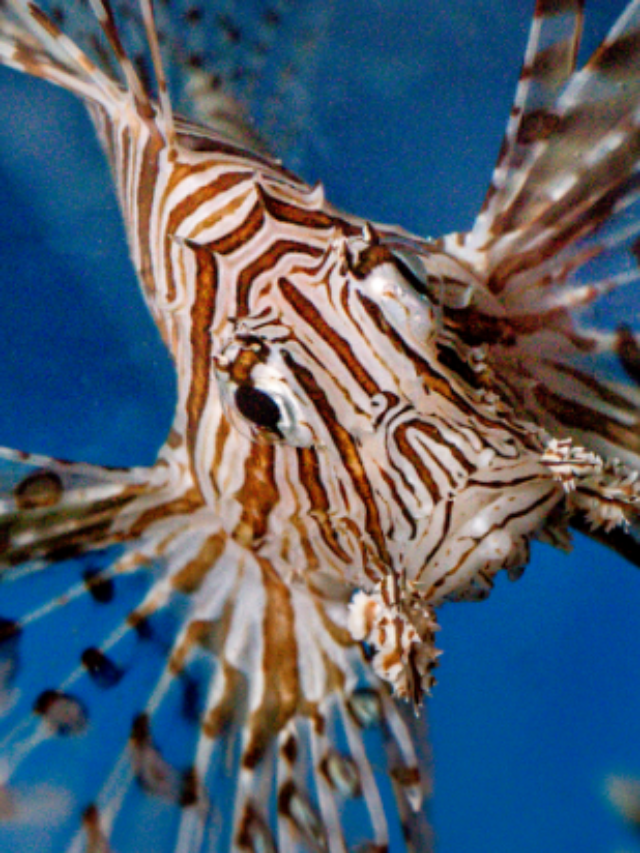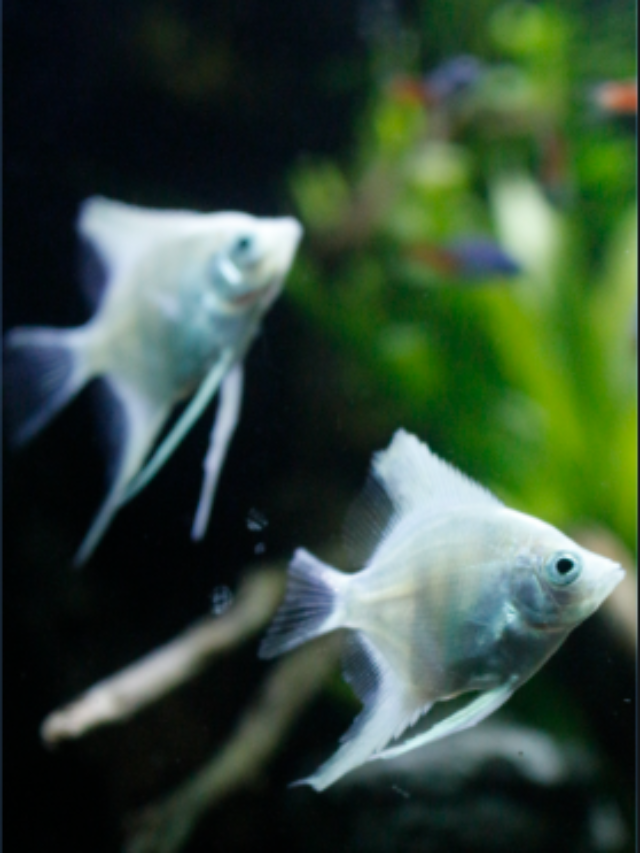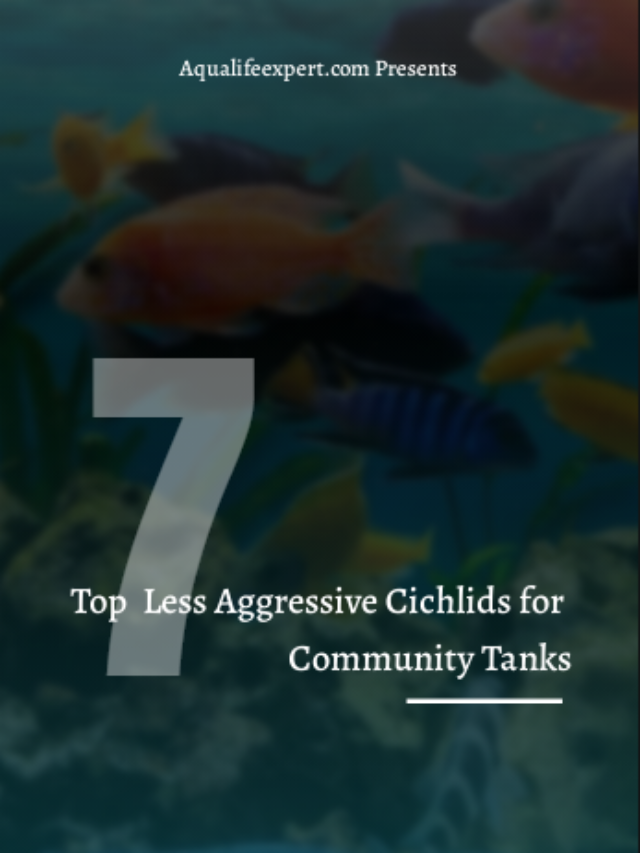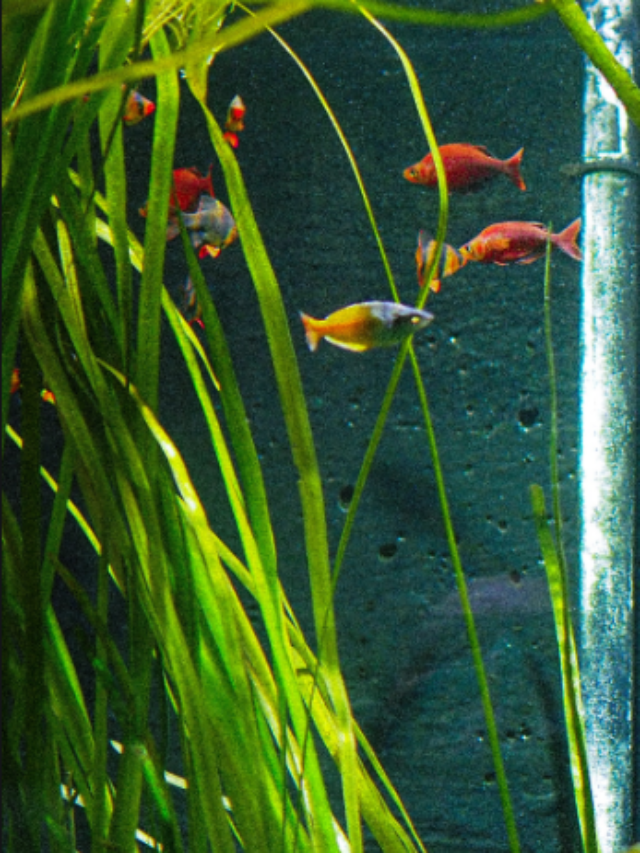Should you use tempered glass for an aquarium?
Check Our Quick Stories
Tempered glass can be a good choice for the aquarium but you as a new aquarist should not go for tempered glass to make a community fish tank or any type of fish tank.
Tempered glass is the one type of glass that is made from annealed glass by applying a thermal tempering process. Tempered glass is four times harder than normal annealed glass. But this glass is expensive and explodes into thousands of pieces without getting any cracks. That’s why tempered glass should not use. Otherwise, all investments can be lost in a fraction of a second. But the bottom of the surface should be made with tempered glass.
Now let’s know this topic comprehensively
Why you should not use tempered glass for an aquarium?
Tempered glass is such glass that is densified by the thermal tempering process. This type of glass is stronger enough than a normal glass of the same thickness. This glass is mainly used for making doorways, stairways, windows, sliding doors, etc. The mid-portion of tempered glass is very strong and that’s why this glass is used for building purposes.
Now you may think that this will be good if you use tempered glass for the aquarium. But actually, there are some drawbacks to using tempered or toughened glass for aquariums.
- Tempered glass explodes
- The weak points of tempered glass are its corners
- Little tapping against a hard material can explode this glass
- This glass will not give time to recover
- All investment will be lost and fish will die within a minute
- This glass doesn’t get cracks
- This glass can’t expand with temperature variation
- You can’t cut or resize this glass after a few months later
- You can’t drill tempered glass
- This is expensive for building an aquarium
Read more:- Can you use metal objects in an aquarium?
These are all limitations about the tempered glass which you should remember while building an aquarium with it. Normal float glass is highly recommended but you can use tempered glass at the bottom of the tank. Generally, the bottom portion of an aquarium gets more hard touch of stones, gravel, etc., and as the mid-portion of tempered glass is four times stronger than normal glass that’s why you may use tempered glass at the bottom of the tank.
Glass thickness for aquarium
Lots of experts talk about this. But for a beginner, this should be a simplified one. If they get lots of data with charts and graphs then they may be confused. So here I’ll share some simple data that will help you to choose the right thickness of the glass of the aquarium.
Basically, the thickness of the glass is directly proportional to the height of the glass. If you increase the height of the glass then you have to increase the thickness of the glass also. You can’t take the risk without increasing the thickness of glass while making the aquarium.
Let’s know the data of it
From this chart, you should understand easily how much thickness you should choose to build your own fish tank. These are the general data but if you want to get customized height then you should take the opinion of the engineer of it.
The thickness of the glass is not dependent on the length or width of the glass. But if you want to build more than a one-meter long aquarium then you should give a bracing at 1-meter length. This will give support and make your aquarium stronger.
Read more:- How to set up a community fish tank with cost analysis
Final thoughts
There are plenty of experts who can give you lots of data about this but if you are just starting out to make your own fish tank then you should follow these beginner tips.
Once you have made your own successful fish tank then you will get the confidence to make a customized one. After that, you can do an experiment on it.
So if you are building your first fish tank then don’t choose tempered glass and make sure that the thickness of the glass is perfect. Other things will be corrected automatically.
So best of luck & happy fishkeeping 🐟

